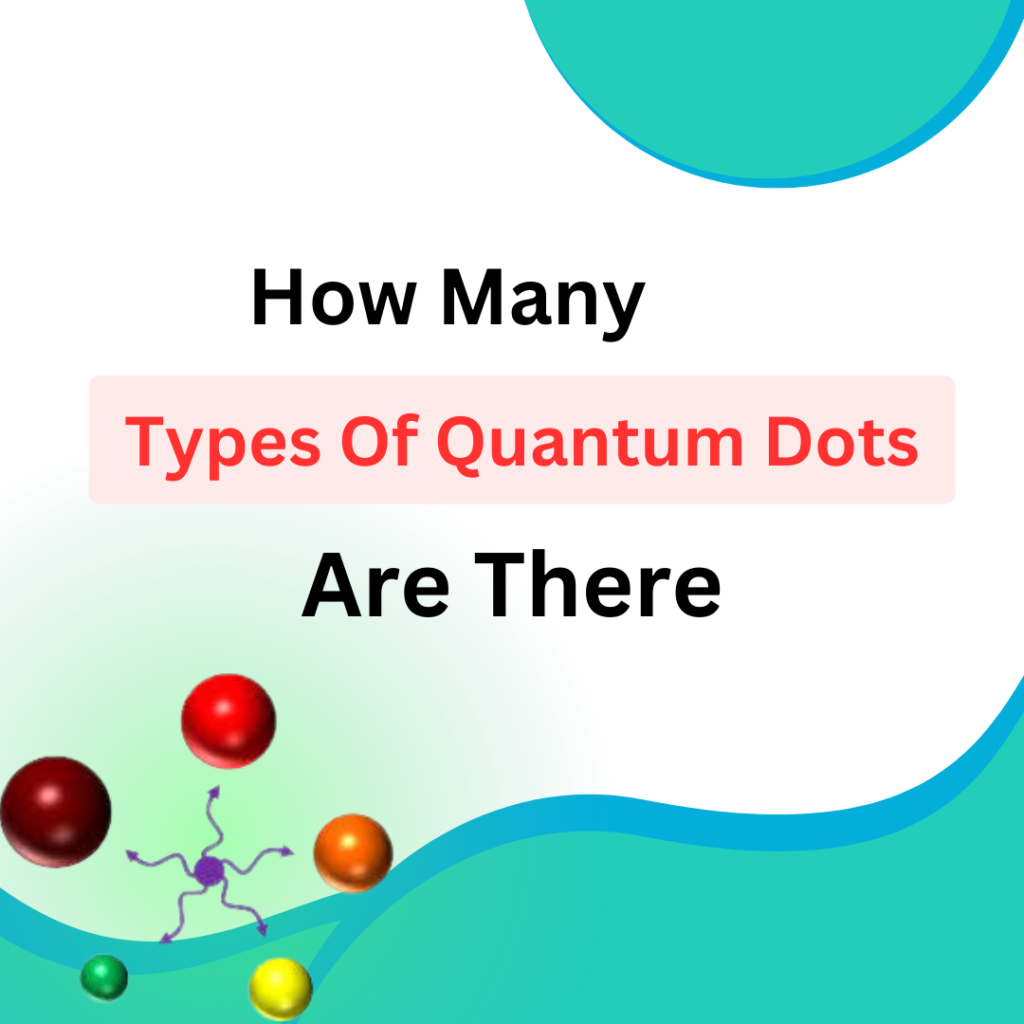
Quantum dots (QD) are semiconductor particles with sizes of a few nm. QD emit light of a specific wavelength when a current is applied or exposed to light. Quantum dots are three-dimensionally confined nanoparticles i.e., the electron and holes present in these nanoparticles are confined in all the 3 spacial directions. Moreover, the size or radius of quantum dots should be less than that of Bohr exciton radius to exhibit its novel properties (2–10 nm diameter).
Can you explain quantum dots with simple words?
- In many applications such as electroluminescence, core/shell CdSe/CdS QDs are considered to be a promising material. The carrier behavior of the QDs plays an important role in the luminescent application.
- With recent research they is a constant drift towards releasing the potential of organic quantum dots (carbon and graphene quantum dots), leaving behind conventional semiconductor quantum dots due to high toxicity
- A quantum dot is (in a narrow sense) an artificial atom. Natural Atoms restrict electrons so they only absorb light and emit light at fixed energy levels.
- A quantum dot is a mechanical construct that can confine particles (such as electrons) with a certain wavelength. The whole dot itself is within an order of magnitude of that wavelength in physical size.
 Nanoparticles
Nanoparticles
Nanoparticles (NPs) are also very small structures but larger than QDs, usually ranging from 8 to 100 nanometers. the interfacial layers surrounding NPs play an important role in all of their physical properties. These layers typically consists of ions, inorganic material, or organic molecules.
Can you explain Nanoparticles with simple words?
- He minimum size that is required by the atom or molecules joined together before making a new phase (like liquid to solid) that is stable, if the combination of atoms or molecules didn’t reach to the critical radius there will not be formation of nanoparticles , Formation of such stable “nuclei” is called nucleation.
- Similar to this nanoparticles provide nanosize measurement in the three dimensions but nanofibers provide nanosize in two dimensions and the third dimension will not be in nanosize.
- Bottom-up synthesis: In this approach, nanoparticles are formed from smaller molecules or atoms through chemical reactions, such as precipitation, reduction, and hydrothermal synthesis.
- Vapor phase synthesis: In this approach, nanoparticles are formed through the condensation of vaporized materials, such as laser ablation and chemical vapor deposition.
- Biogenic synthesis: In this approach, nanoparticles are synthesized using biological materials, such as plants, fungi, and bacteria.

Typical application quantum dots and nanoparticles areas for such materials
- LEDs
Solar cell
Diode lasers and second-harmonic generation
Displays
Photodetectors
Photocatalysts
conclusion
quantum dots and nanoparticles have become increasingly important in many areas of science and technology. These tiny particles exhibit unique optical, electronic, and magnetic properties that make them ideal for a range of applications, from medical imaging and drug delivery to renewable energy and electronics.










Pingback: How Many Types Of Quantum Dots Are There | Nantronics
This post is already on the website
https://nantronics.in/2023/05/06/difference-between-quantum-dots-and-nanoparticles-2023/